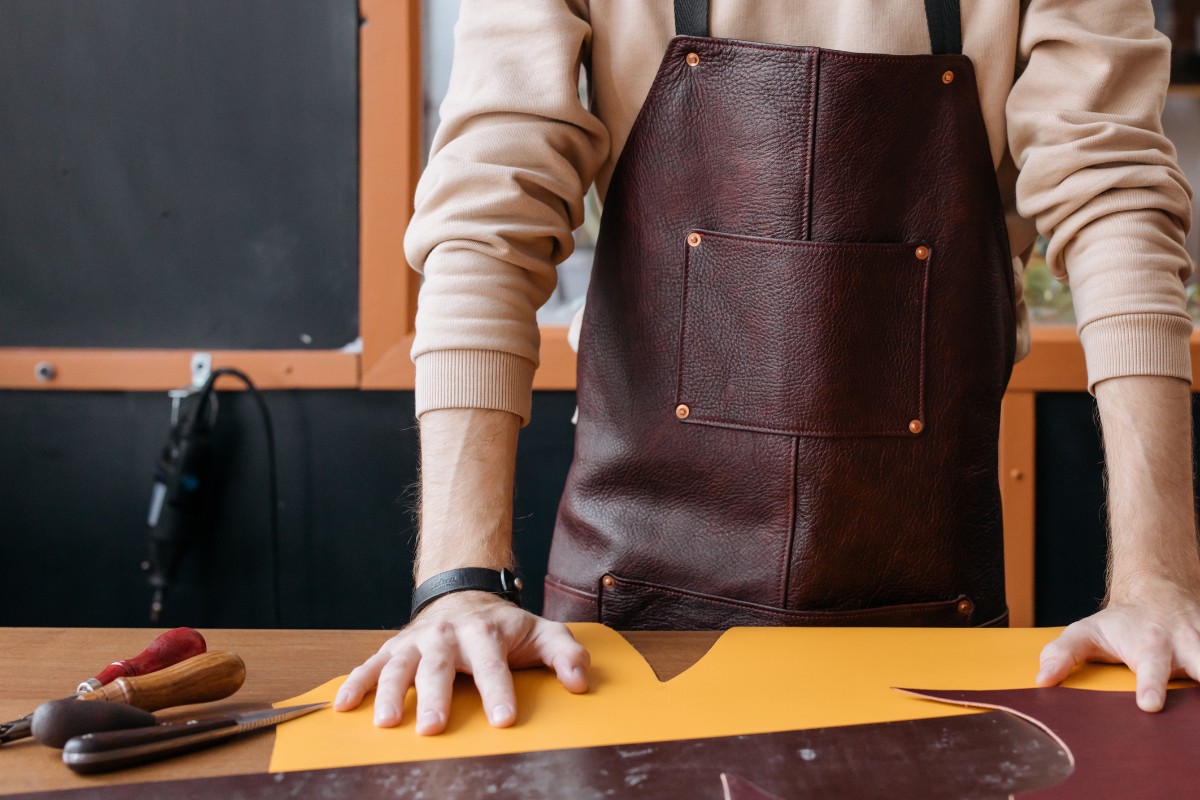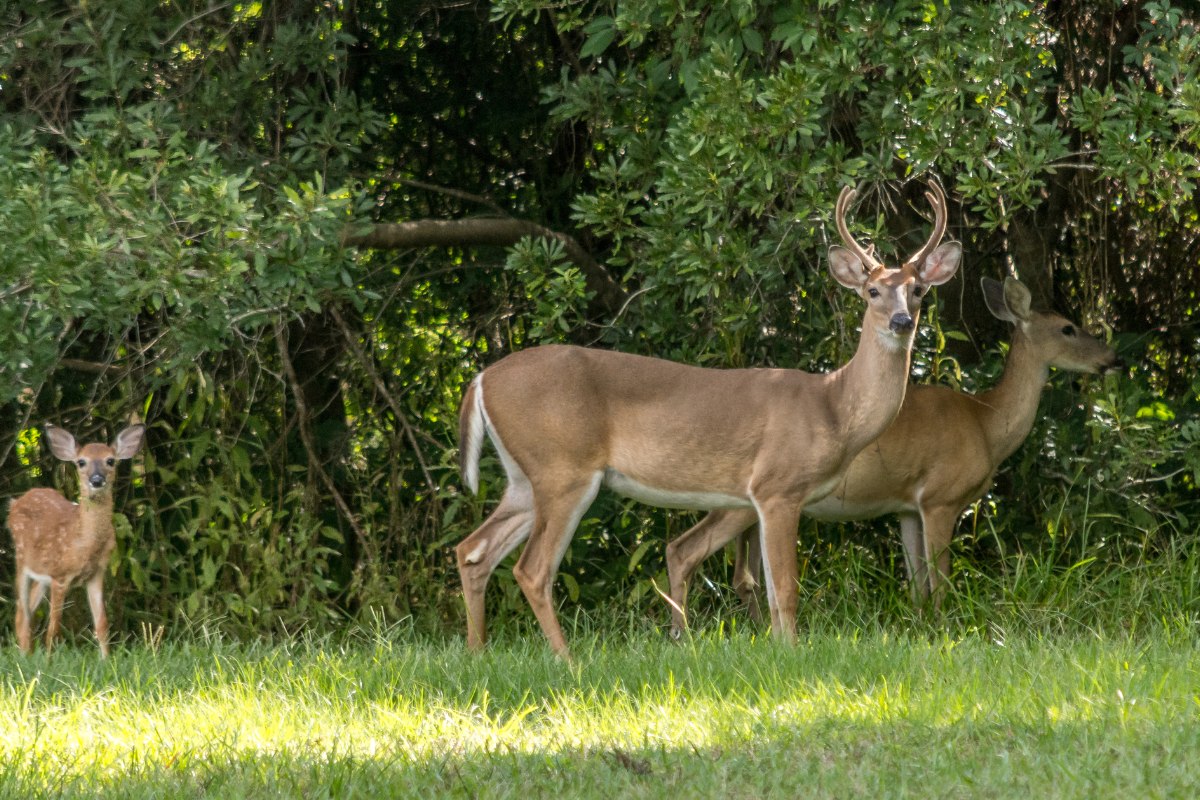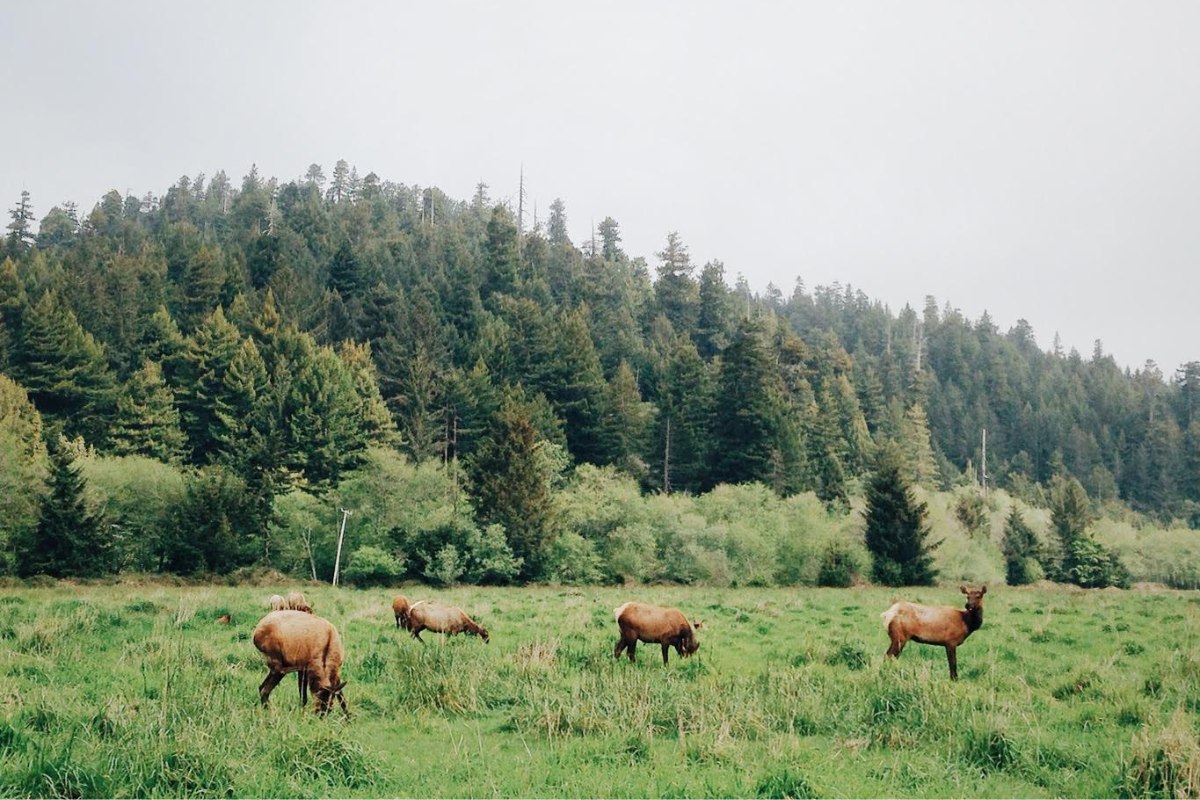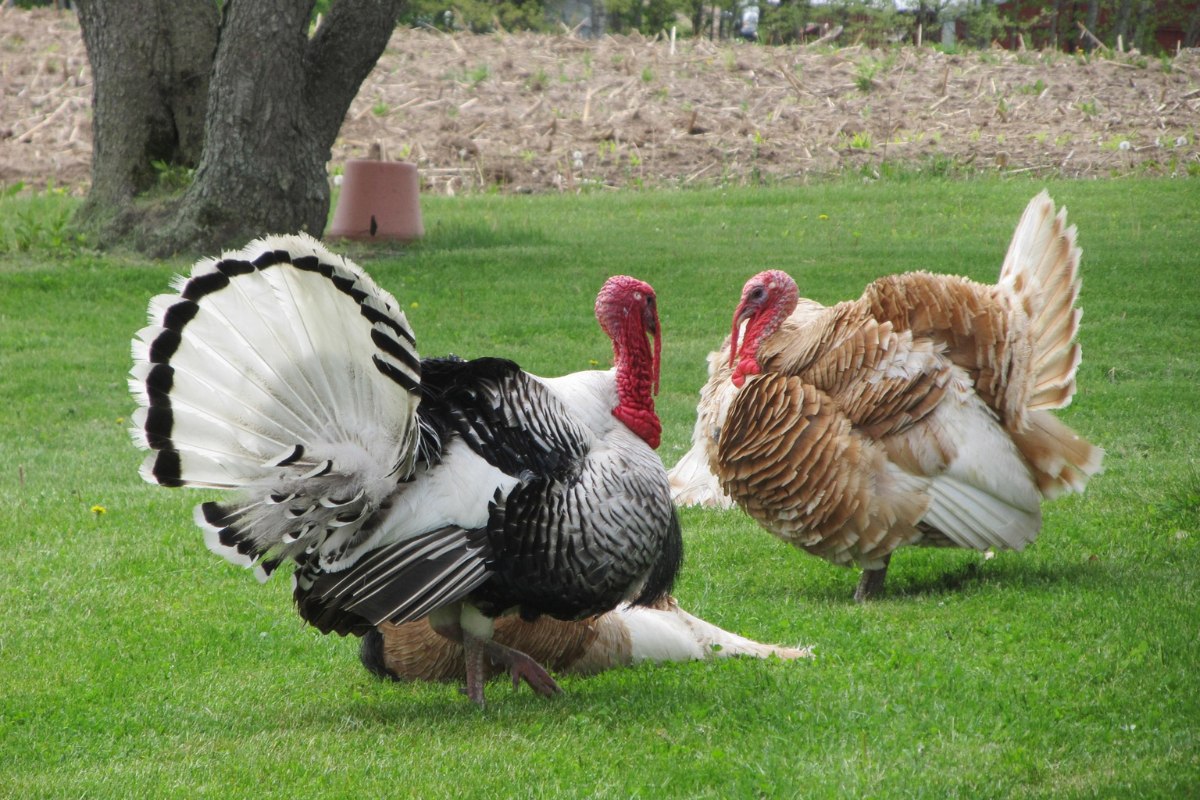Leather is made from tanning animal skins or hides. The hides come from many different animals that are used to make leather. There are four grades or grains and qualities of leather consisting of full-grain leather, top-grain leather, genuine leather, and corrected-grain leather. In purchasing leather products, it is important to understand the various leather quality differences.
Full-Grain Leather
Full-grain leather is the best quality leather and is also the most popular. It has a natural look and an original textured grain surface with few flaws. The term “Full” means that it has not been buffed or sanded to remove any natural marks or slight imperfections from its surface.
Therefore, the grain fibers are stable and durable since the grain has not been removed or processed. The natural leather grain has the ability to breathe and does not wear out easily. You can see the natural grain giving bags a realistic appearance. Over time, full-grain leather also develops an attractive patina.
Top-Grain Leather
Top-grain leather is the most common type of leather and is considered the second best type of leather. However, its surface is sanded for visual appeal, the layer is separated, and a finish coat is applied to make it smoother but less breathable. It has good stain resistance and is less expensive than full-grain leather. This type of leather is readily available.
Genuine Leather
Genuine leather is a confusing statement and is not about “leather authenticity”. Of leather products, genuine leather is the lowest in quality. Goods are made from the leather leftovers after the high-end products are made, and often, products are embossed with false grain patterns.
Products made from genuine leather do not have longevity and wear out sooner. Genuine leather products are lower cost and widely available from many vendors, and the name fools many people. The definition is quite unclear, and it serves as a buzzword for uninformed consumers.
Corrected-Grain Leather
Corrected-grain leather is a special type of leather in which the leather surface is corrected and texture fixed for visual appeal. Hides used in making it do not meet the required standards in making aniline and vegetable-tanned leather.
Typically, an artificial grain has been embossed on the top surface, and natural imperfections are sanded off and then corrected. Corrected-grain is used to make pigmented leather. This type of leather is usually readily available in stores and is more affordable for many people.
More About Leather
Leather comes from a variety of animals. The most popular is cow and goat.
Goat leather, traditionally called Morocco leather, is known for its quality, lightweight, and strength. The leather is composed of a very dense weave of fibers of small diameter and numerous elastic fibers. This structure gives the leather a distinctive tight, grainy texture. The goat leather is water resistant due to the presence of lanolin produced by the goat’s skin. In addition, using goat leather enables us to use hides from animals that have died of natural causes.
Goat leather uses vegetable tanning. Its soft texture, high durability, high flexibility, and lighter weight make it extremely suitable for the making of bags. No chemicals are used, making it organic and eco-friendly. It is a long process that uses tannins from various parts of trees, such as bark, wood, and leaves. The leather retains its natural color, which will darken up with time.








